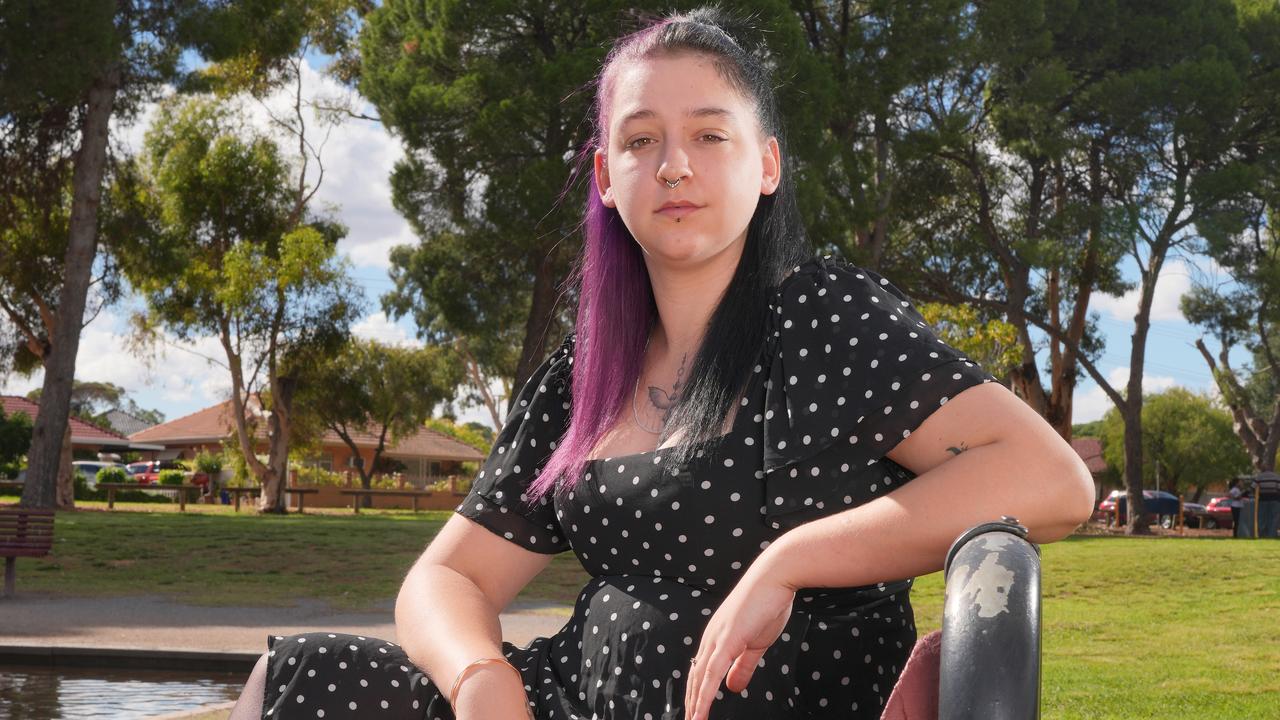Measures to fix SA’s housing crisis being undermined by ‘circus-like’ tree regulations, property industry figures say
South Australia’s tree regulations are having a “significant impact” on housing affordability, property industry leaders have told parliament.

SA News
Don't miss out on the headlines from SA News. Followed categories will be added to My News.
Measures to fix the state’s housing crisis are being undermined by “circus-like” tree regulations, senior property industry figures say.
Giving evidence before a parliamentary committee, Property Council SA executive director Bruce Djite said tree regulations have had a “significant impact on affordability”.
Mr Djite said there was no clear strategy linking tree regulation and the planning system.
Changes that took effect earlier this year reduced the trunk size for “regulated trees” from two metres to one metre, and “significant trees” have gone from three metres to two.
Any activity that damages a regulated or significant tree – including tree removal or limb lopping – requires development approval.
Chris Vounasis, managing director of planning and development firm Future Urban, said the regulations went too far.
“It is circus-like, to be brutally frank, (to) have multi-stem fruit trees – plum trees, for example – which are twig-like trees which resemble something more like a scarecrow in a cornfield but which are stopping reasonable development outcomes,” he said.
He said listed several situations where the regulations have not worked effectively.
In one case, a school tried to remove two trees that were dropping a number of large limbs over and around a playground – even during school hours.
But the council, which Mr Vounasis did not name, refused the application and the school instead pruned the trees back to the trunk.
“Put simply, the council determined that the environmental value of the trees was more important than the safety concern presented to the children,” he said.
In another example, a very large parcel of employment zoned land had two assessments done – one before the tree regulations changed, and another after.
Before the changes, the site had nine significant and 23 regulated trees. After, it had 36 significant and 73 regulated.
“The additional constraints created by those trees prevent the opportunity of 20,000 square metres of floor space, which would have been provided previous to the new changes,” he said.
James Levinson, a planning lawyer, said saving trees was costly for developers and affected supply because less space can be used for housing.
“There will need to be a policy decision made obviously around how do you strike that balance,” he said.
“What we are advocating is … instead of purely a regulatory regime … simply setting rules around trunk circumference to restrict what can be cleared.”
At the time the tree canopy changes were announced, Housing and Urban Development Minister Nick Champion said they would protect more trees from being cleared.
“These changes support work to create the first urban greening strategy for Adelaide and help deliver the government’s commitment to increase greening in our neighbourhoods, improve urban biodiversity and address the loss of mature trees,” he said.






